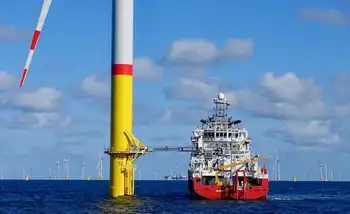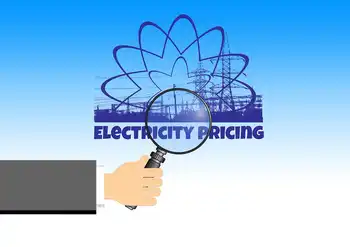Solar thermal plant buoys investors
By Reuters
Arc Flash Training CSA Z462 - Electrical Safety Essentials
Our customized live online or in‑person group training can be delivered to your staff at your location.

- Live Online
- 6 hours Instructor-led
- Group Training Available
Madrid recently announced plans to cut by almost 90 percent its subsidies for solar photovoltaic (PV) power after a stampede for support left Madrid with a multi-billion euro liability.
But the cuts will not apply to solar thermal, a technology that concentrates the sun's light to produce heat and steam which in turn drives turbines, rather than producing electricity directly in silicon PV panels.
"It is Spanish companies which are exporting technology to generate this (solar thermal) energy, including to the United States," said Industry Minister Miguel Sebastian.
Sebastian was speaking as work started on a new 50 megawatt plant in the southern town of Ciudad Real, slated to come on line in 2010 and which could power around 30,000 homes.
The Cobra unit of Spanish construction company ACS will build the plant.
"This makes us the standard for clean technology with a great future," he said, suggesting the government was committed to this form of solar power.
Sebastian's comments buoyed hopes among investors, some of whom expect Madrid to cut support for solar thermal from 2010. Shares in Solaria, a Spanish company which makes both solar thermal panels and PV panels, rose more than 25 percent directly as a result of Sebastian's comments, traders said.
Solar thermal, also known as concentrated solar power (CSP), has been slower to take off than other, smaller scale alternative energy technologies such as wind and solar PV, because it requires more up-front investment.
But it may be the next big thing as coal and oil prices rise and because of new subsidy support in hot, sunny countries like Spain, where it works best.
Germany's Solar Millennium helped develop Spain's Andasol 1 solar thermal project, Europe's first such plant, which is due to start power production in October.
"The feed-in tariff (subsidy) in Spain gives a lot of confidence to banks," Henner Gladen, Solar Millennium chief technology officer, told Reuters.
"The next big market will be the United States, once we see the investment tax credit in law, which we expect either end this year or next year," he added, expecting 200 MW or 400 MW units there which would rival the capacity of conventional gas and coal plants.
Other expected markets where subsidies are planned or in operation include Australia, Italy and Greece.
Spain's planned solar PV cut will grant subsidies annually to 100 MW large installations, compared with expected installations this year of at least 1,000 MW. The cap will also allow for 200 MW of smaller, roof-mounted units.











